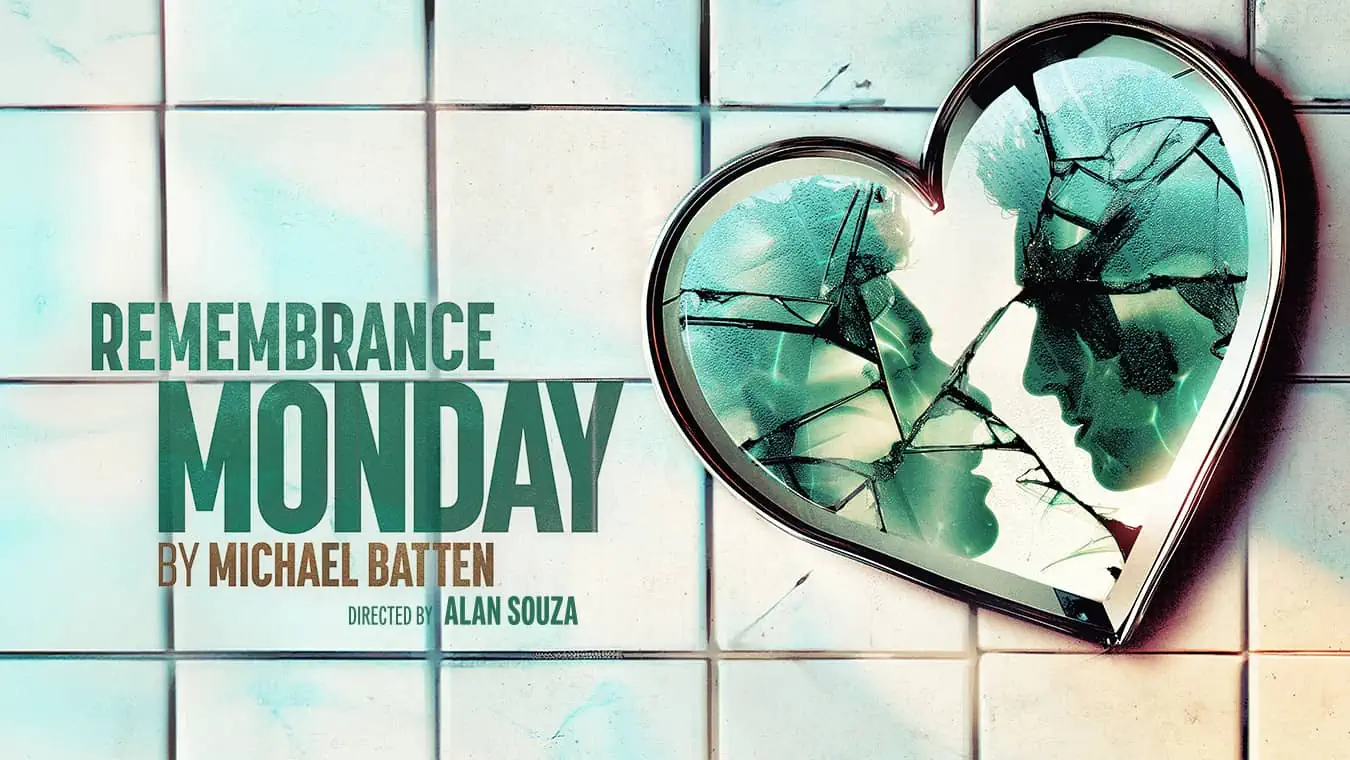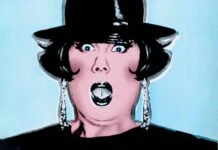We delve into the mysterious realm of the world’s most famous anonymous graffiti artist
Pretty much everyone’s heard of Banksy, but not many people really know much about Banksy the man. They might be able to vaguely recognize a Banksy if seen on the streets, or a piece that looks like a Banksy, yet such is the mysterious reputation that Banksy deliberately constructs about himself his figure seems to present a number of questions. How did he become so famous? Where did he spring from? Who is he?
Will Ellsworth-Jones’ book ‘Banksy: the Man Behind the Wall‘ admirably doesn’t just straightforwardly try and unveil Banksy. To have the artist’s real name is simply to have one asset of his given identity, not to know who the man is. Ellsworth-Jones states that the entire reason for his project, and long labour of love with constructing this detailed account, is not to name his subject but to attempt getting to the truth of the graffiti artist, both as Banksy and as a particularly modern phenomenon. He starts to scrape away some of the self-perpetuated legend from the Banksy moniker, beginning with the artist’s origins in Bristol.
Bristol’s status as a city of diverse cultures and polymorphous musical and political influences is explored, and how it may have affected Banksy growing up there at the tail end of the 90s. The fact that Banksy may have attended a prestigious private school in the city is mentioned and, as seems sensible, is not dwelled upon; whether someone has attended a fee-paying or state school does not seem to affect how they may spray their message upon a wall, or what that message might be. People who knew him back in the day attest that the kid who called himself Banksy always had his eyes fixed on the high lights from the start.
Banksy turns up in London shortly after the Millenium and immediately gets involved with turf wars with other graffiti artists (namely Robbo), which are related with interesting anecdotal detail by Ellsworth-Jones. But it is the story of his real leap to fame that is most fascinating. Walking into the Tate one day carrying a modified painting in a black bag, Banksy swans up to a secluded gallery, sets the bag down and sticks his painting to the wall along with a smart white tag describing the image and reading ‘by Banksy’. It stays for three days. Banksy repeats this trick in galleries across the globe, from New York to Paris (although the Louvre gives him some trouble), and quickly gets into national press. Soon, people want to know who this preposterous Banksy character is.
But no one knows who he is, he stays deliberately anonymous which makes him all the more famous. He becomes a journalist’s dream, a modernday mystery that will continue to entertain readers for as long as his identity stays shrouded in secrecy. Ellsworth-Jones is of course prescient enough to pick up on a certain line of hypocrisy that inveigles its way into the Banksy story now: he places his paintings in art galleries to undermine the galleries’ snobbishness, but in doing so he becomes accepted by the art-consuming bourgeoise world; as he becomes known he becomes worth money, and his often anti-capitalist graffiti paintings begin to sell in auction houses. This isn’t exactly something we can blame Banksy for, if you do something well, you will naturally want to be known for it. But it adds another enigma to his difficult and myth-wreathed persona.
Ellsworth-Jones explores all these angles in fair, unbiased depth, and neither attacks Banksy nor elevates him to an unnecessary pedestal. His encounters with the Team Banksy wrapped up around the artist, named ‘Pest Control’, provide an exciting narrative drive to the text – for a large part of Pest Control’s existence seems to be making sure that books like this one aren’t written, or to make it as hard as possible for the writers to do so. Yet, it is a happy thing that Ellsworth-Jones did persevere and finish his account, for it is eminently readable, intriguing and, above all, genuinely thought-provoking. For something that is seen so often in the city, the world of graffiti is rarely spoken about, and maybe after finishing this book, you may think a little differently the next time you see the writing on the wall.











